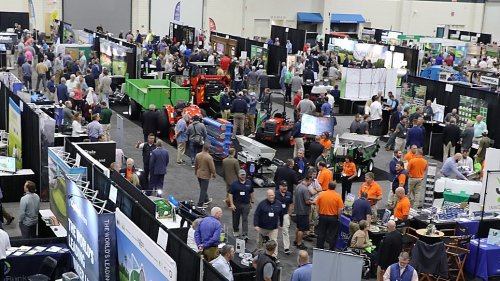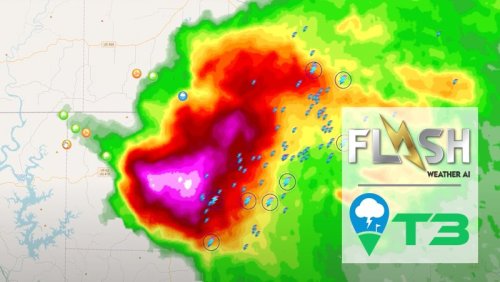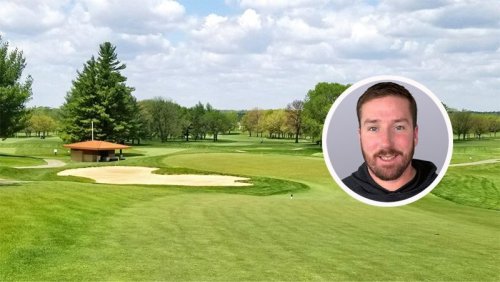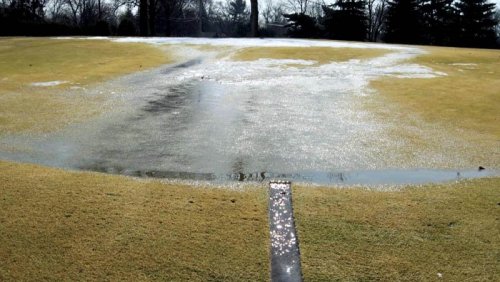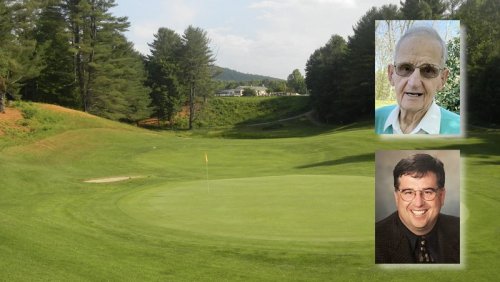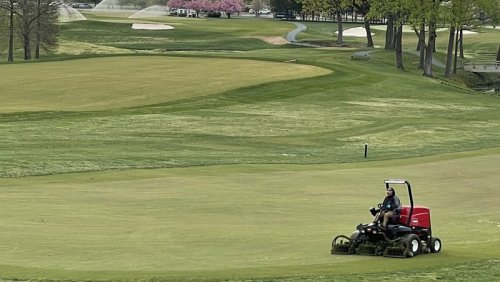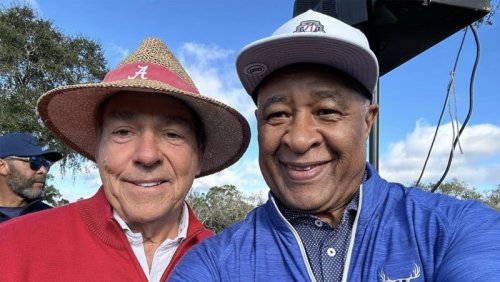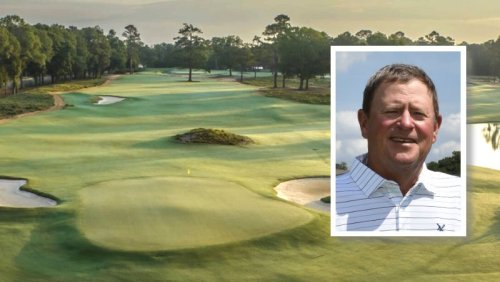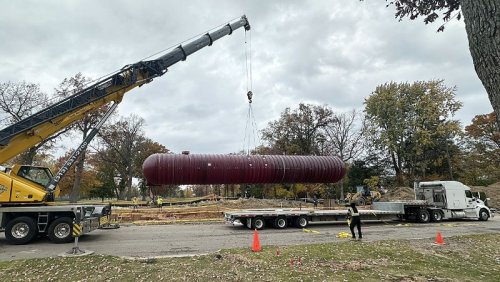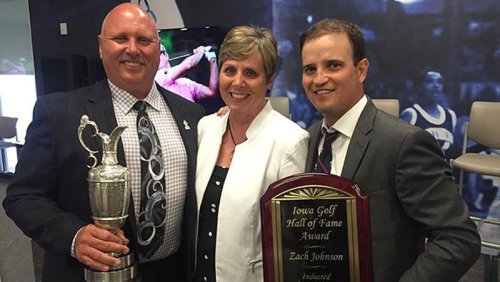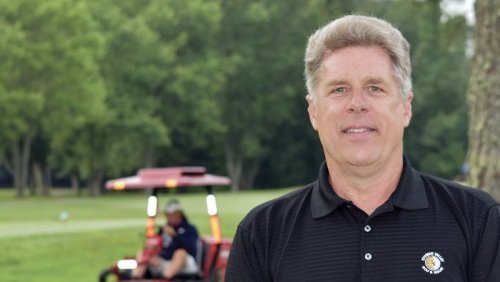
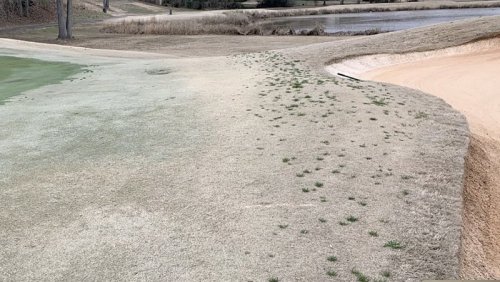
Pesky winter weeds can take the form of grassy and broadleaf varieties, including Poa annua, which is especially troublesome in warm-season grass during winter.
Managing winter weeds with a post-emergent herbicide in dormant warm-season turf can be challenging as herbicide resistance becomes an increasing problem. According to published research, weeds that are prolific seed producers, like Poa annua (a single plant can produce thousands of seeds), tend to be those that develop resistance. The number of weed varieties that have developed herbicide resistance to post-emergent herbicides has skyrocketed in the last 40 years to more than 500, according to the International Herbicide-Resistant Weed Database.
University of Tennessee weed scientist Jim Brosnan, Ph.D., recently presented a webinar on Poa annua management in warm-season grass, and said post-emergent treatment of winter weeds in spring when turf has begun to green-up is especially difficult. The best strategy for superintendents, he added, is to prevent winter weeds from emerging, not treating them after they have surfaced.
"Your goal," Brosnan said, "should be to never make a curative app."
CLICK HERE TO WATCH THE WEBINAR
He likened winter weed management to a football game, an analogy made by football executive and author Michael Lombardi.
"You can't win in the first quarter, but you can get out to a good start and build a strong foundation," Brosnan said. "Coming back in the fourth quarter is difficult with a post-emergent herbicide."
The key, he said, is a consistent plan from fall through spring.
"Good teams win the middle eight (minutes), the last four minutes of the first half and the first four minutes of the second half," he said. "If you can win those two portions, that's where you really make strides at winning the game. I think that's true here in a Poa control context."
Brosnan described two examples of resistance: target site and non-target site.
He described target site resistance as a genetic mutation of the target plant that alters herbicide action at the target site. Non-target site resistance is described as physiological modifications away from the target site that negatively affect the ability of the herbicide to control weeds, in other words, plants that become resistant to multiple modes of action.
Exactly when winter weeds emerge varies by geographic location and weather conditions, but as a rule, optimal conditions are when soil temperatures are below 66 degrees in the top 2 inches for an average of 24 hours for at least a week and when accompanied by at least a quarter-inch of rain.
In Knoxville, the period of concern typically is early September to early May.
To get through that period without making curative applications might require rethinking preventive herbicide programs, Brosnan said.
"Build a program from a chemical standpoint, but also a cultural program standpoint," he said. "You want to do everything in your power to keep those plants in the ground."
That means multiple applications throughout fall, winter and spring to ensure there are no lapses in control.
"One application is not realistic in the modern world of Poa control," he said.
Rather than make one application for up to 34 weeks of control, Brosnan suggests a pre-emergent application for 12 weeks, followed by applications of pre- and post-emergent products after 12 weeks and 24 weeks.
"When I layer those all together," he said, "that gives me my 34 weeks of protection."
That is the same philosophy superintendents already have adopted for control of fungal diseases in turf.
"I think the same logic is here when we think about how to manage Poa," Brosnan said, "particularly in a world where we have resistance to a lot of our post chemistry."
Click here to watch TurfNet's complete lineup of archived webinars.
- Read more...
- 1,128 views

